Affiliate links on Android Authority may earn us a commission. Learn more.
LG G7: 5 things we want to see
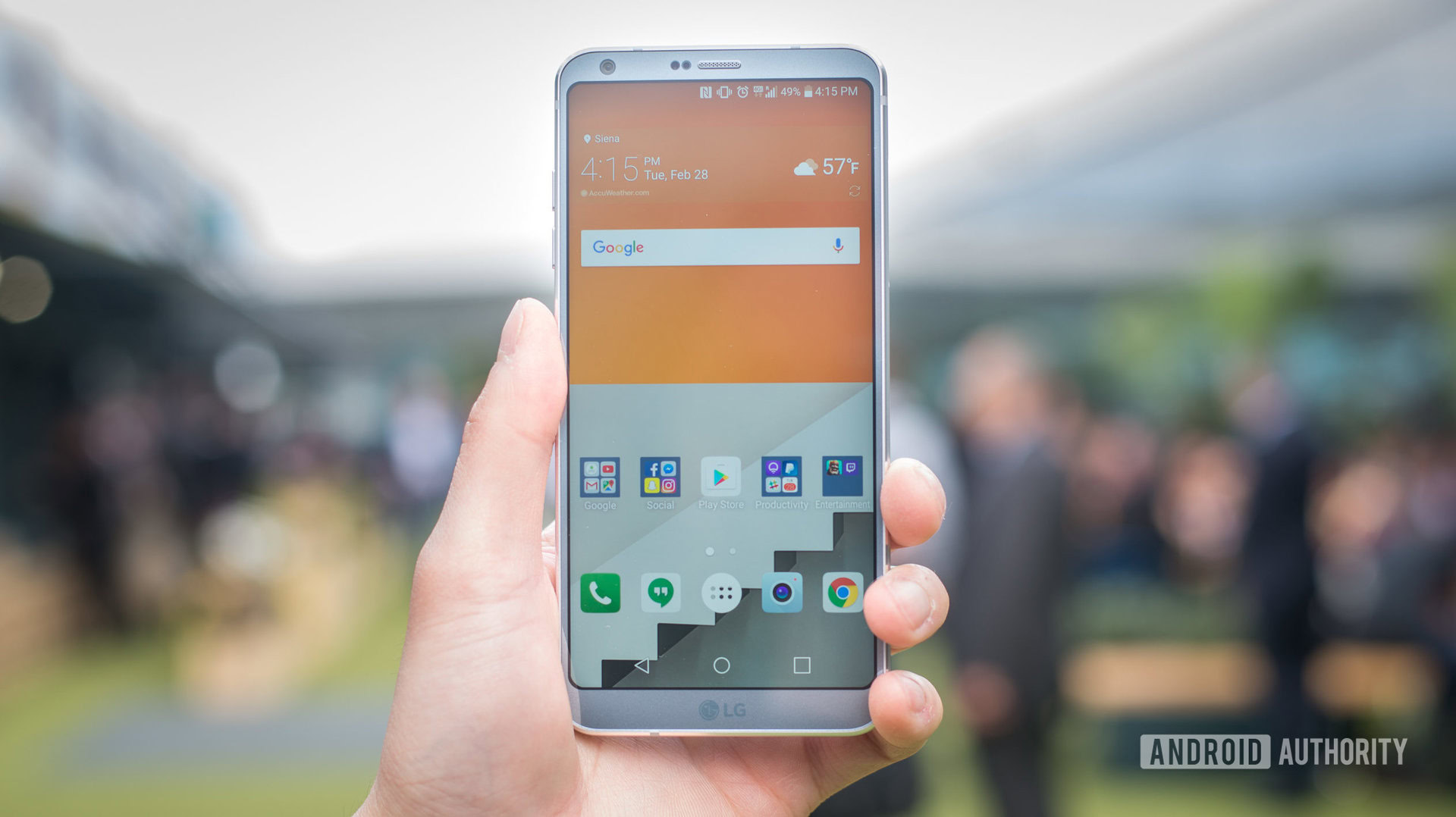
LG made a massive step forward with the G6. The smartphone is a huge upgrade over its predecessor, which was lackluster in pretty much every way. Gone is the gimmicky modular approach, uninspiring design, and subpar build quality. The G6 sports a gorgeous bezel-less design and a glass body that screams premium.
Despite it’s fantastic quality, the G6’s sales numbers are far from exceptional. The flagship is way less popular than its main rival, the mighty Samsung Galaxy S8. The LG G7 will have to offer something fresh and innovative to have any chance of taking on the Galaxy S9 and other 2018 flagships. What exactly? Let’s find out.
An X factor
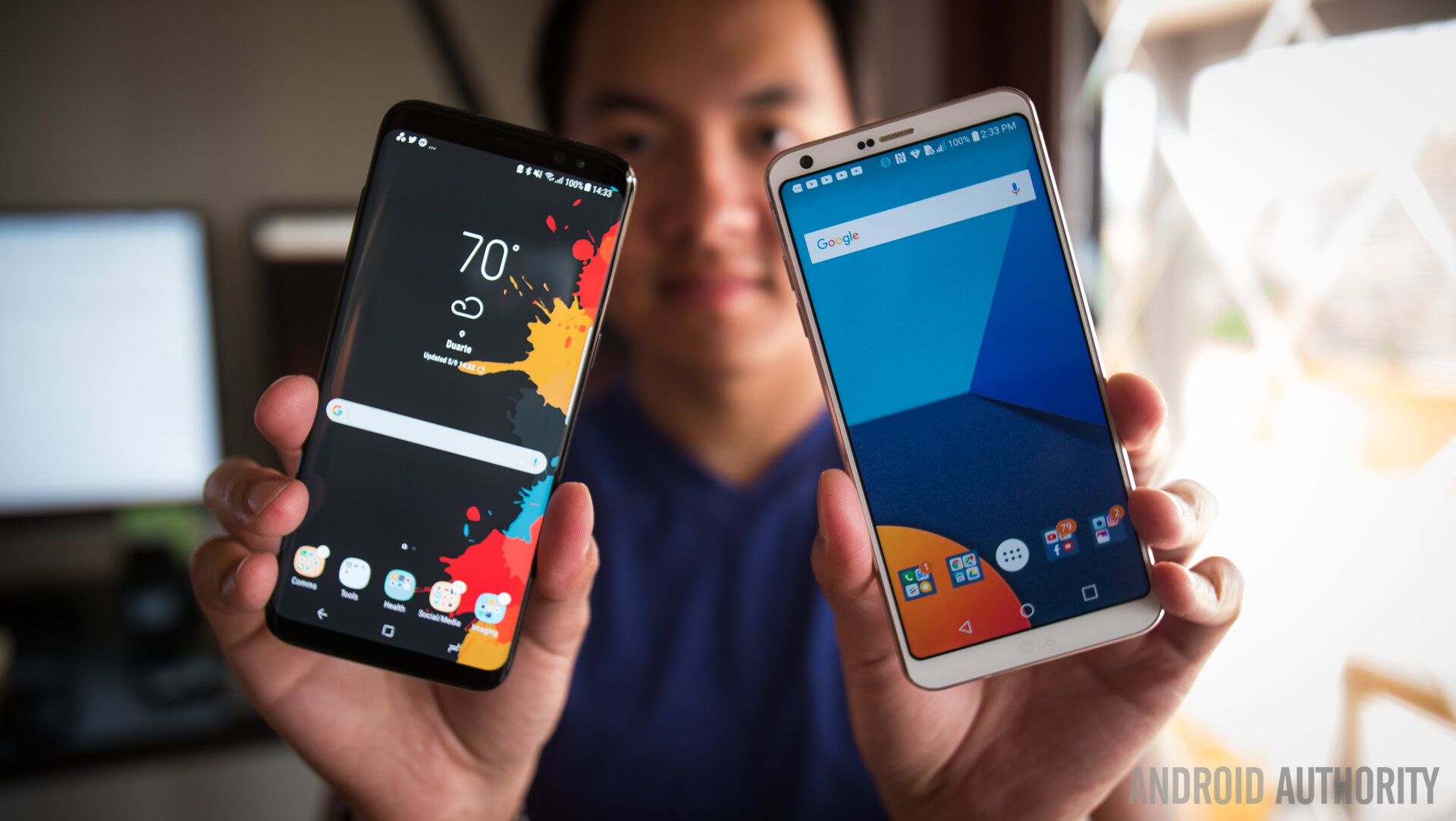
The G6 doesn’t have a standout feature like its competitors. The Galaxy S8 has a stunning curved display, the Note 8 sports the popular S Pen, while the HTC U11 has Edge Sense. The only unique thing the G6 brings to the table is the dual standard/wide-angle camera combo, but that’s not a strong enough feature to lure consumers away from the competition.
The G7 has to have an X factor if it wants to take on the Galaxy S9 and other 2018 flagships.
To have any chance of taking on the big boys, the G7 has to have an X factor. What that might be is hard to say. LG could focus on making the G7 a music-centric phone by equipping it with a Quad DAC in all regions, shipping it with a free pair of high-end headphones, and adding dual-front facing speakers to the mix. Additionally, the company could team up with Google to offer a free one-year subscription to Play Music. That’s one option. There are many other — and better — ways to make a handset stand out from the competition.
An X factor has to add true value. LG should stay away from gimmicky features we’ve seen from the company in the past. Remember the G5’s modular design? That was a disaster. The same thing could be said about the secondary display found on the V series.
A headphone jack
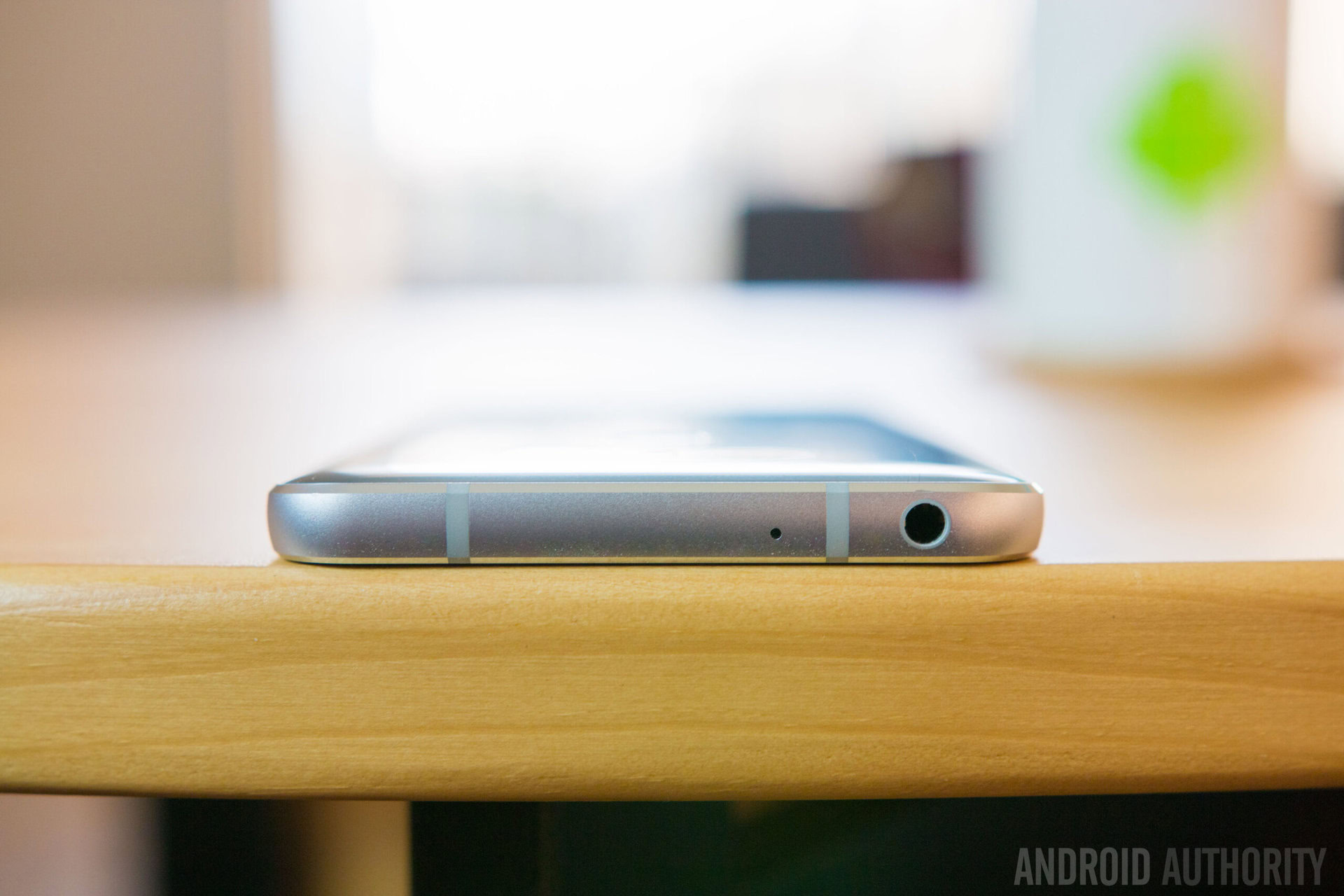
The headphone jack is a dying breed. Apple was the first major manufacturer to remove it from its smartphone last year, kicking off a trend other manufacturers including HTCand Google started following. Hopefully, LG won’t join this list next year with the G7.
Removing the headphone jack would be a terrible idea. Sure, you could opt for a pair of Bluetooth or USB Type-C headphones. You could also get an adapter and plug your pair of standard headphones into the charging port of the device. All three options are far from ideal.
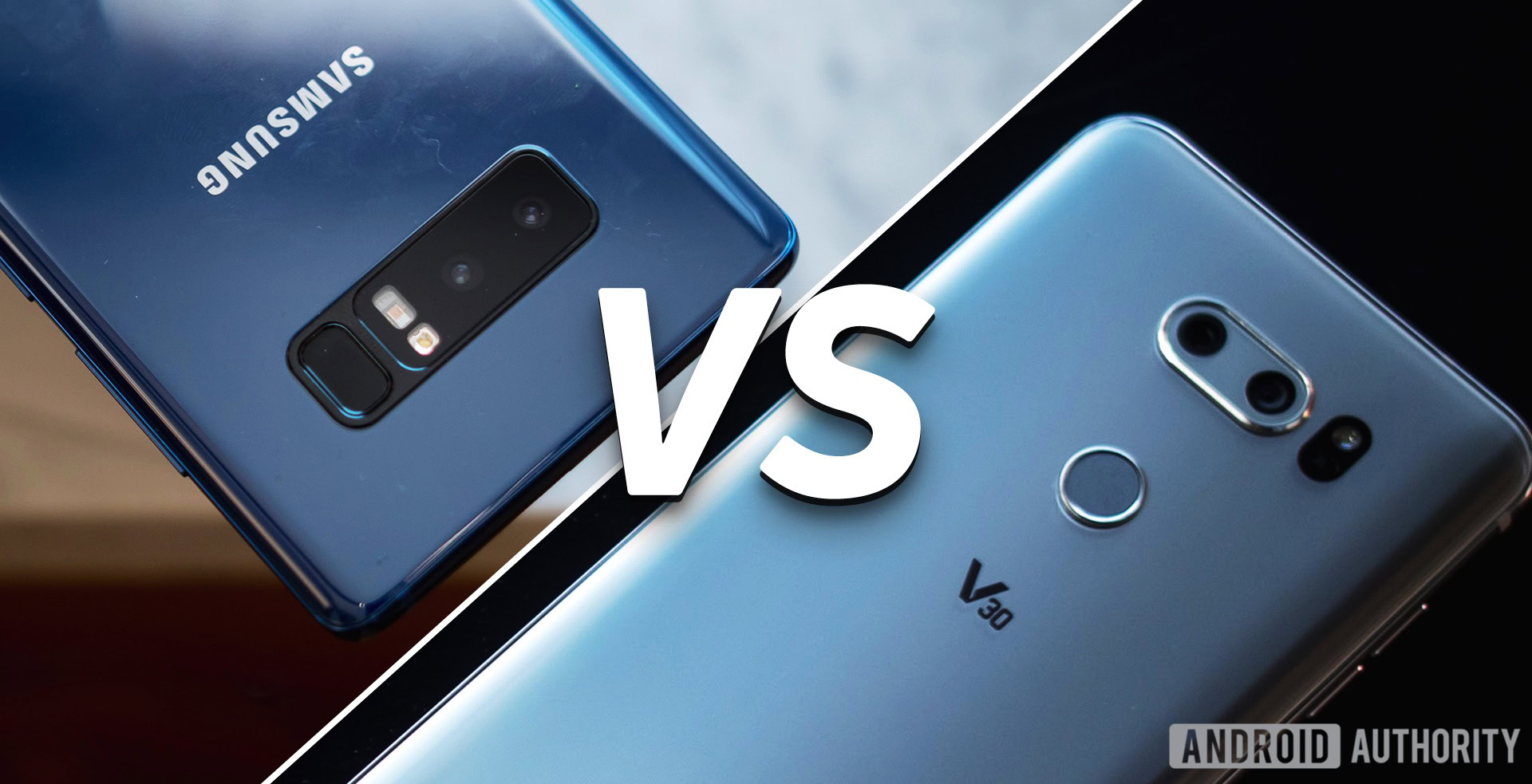
The headphone jack is still an essential part of a smartphone for most consumers. Shipping the G7 without one would make the device less appealing, especially if the Galaxy S9 will have it on board. To increase sales, LG has to add features to the device, not remove them.
An overhauled UI
The software experience is a big part of what makes a smartphone great. This is an area where LG has struggled. Its Android skin isn’t bad, but it’s not great. Instead of an incremental upgrade, I want to see a total overhaul of the UI that will give it a more modern look and add more customization options.
LG could learn a thing or two from OnePlus when it comes to software.
LG could take a page out of OnePlus’ playbook here. The company’s OxygenOS is one of the best, offering a stock-like experience with a ton of customization options onboard.
One of the best options is the ability to switch between capacitive buttons under the display and on-screen software buttons. There are also various gestures available such as drawing an O, V, S, M, or W on the screen to open an app of your choice. Then there’s Reading Mode, Gaming Do Not Disturb Mode, Auto Night Mode, and much more.
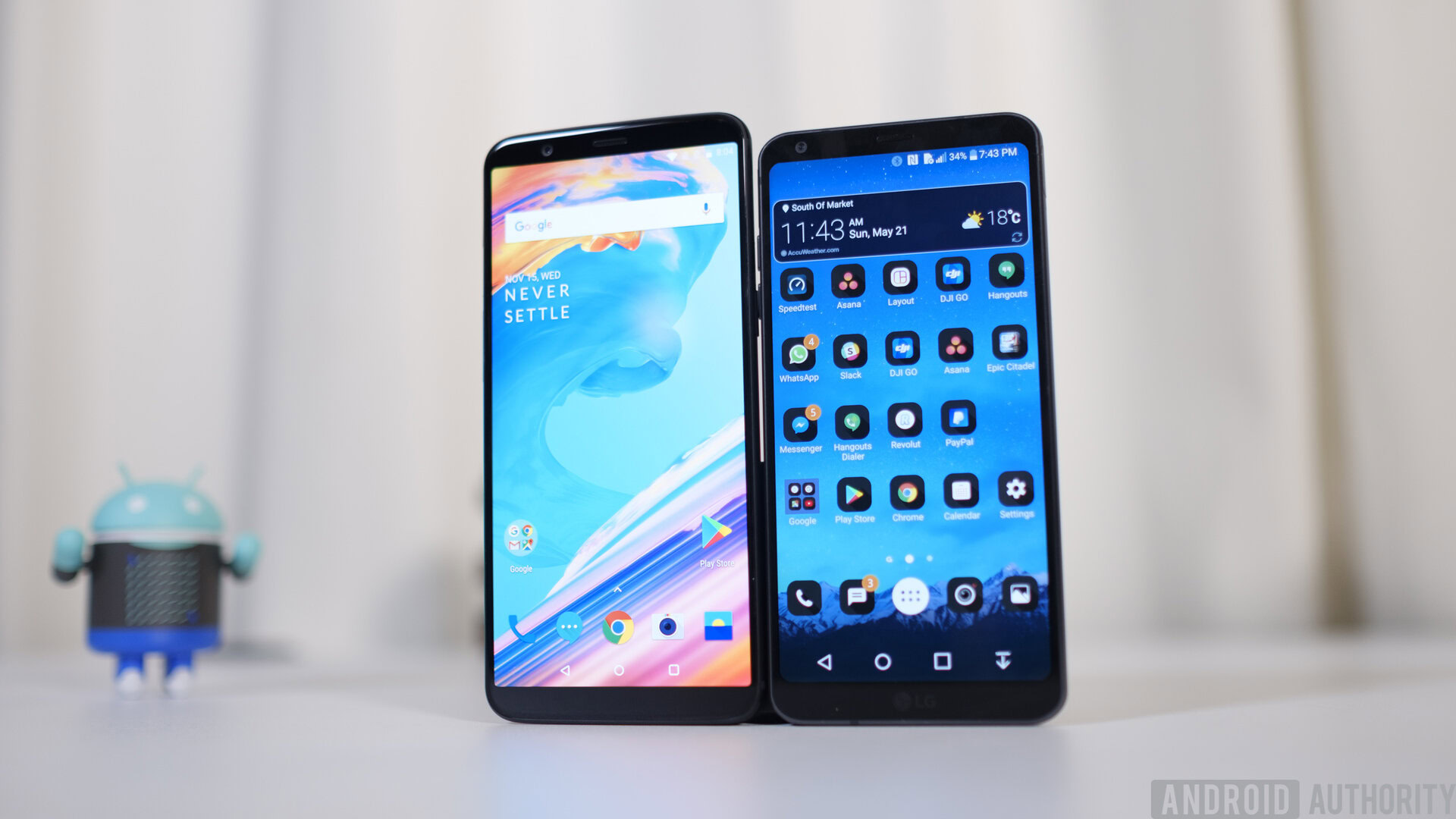
The company could also learn a thing or two from OnePlus’s design. LG’s skin gives off a toyish vibe and is far from the prettiest option out there. The app icons have unattractive dark backgrounds with rounded corners. To be fair, you can disable this in the settings, but you shouldn’t have to in the first place.
LG’s UI also has a few neat tricks up its sleeve. It features Grid Shot which lets you combine four images captured with the camera into one. You can also select various pictures from your gallery to create unique wallpapers, with a new one appearing on the screen each time you wake it up. Other features include Double tap to wake, and Extended Screenshots for capturing a long article with a single tap.
These features add value and improve user experience. Hopefully, we’ll see plenty more of them on the G7.
An affordable price tag
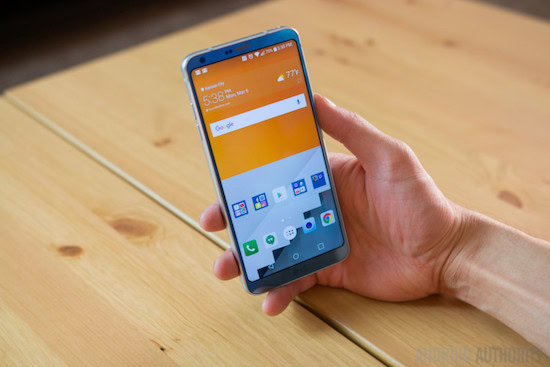
LG’s brand doesn’t have the same appeal as Samsung’s, which means the G7 will have to cost a lot less than the Galaxy S9 to spark consumer interest.
The unlocked version of the G6 with 32 GB of storage launched in the US back in May and was listed at $700 on LG’s website. You could find it for as low as $600 from B&H and other retailers during the pre-order period. The unlocked Galaxy S8, on the other hand, launched with a price tag of $725.
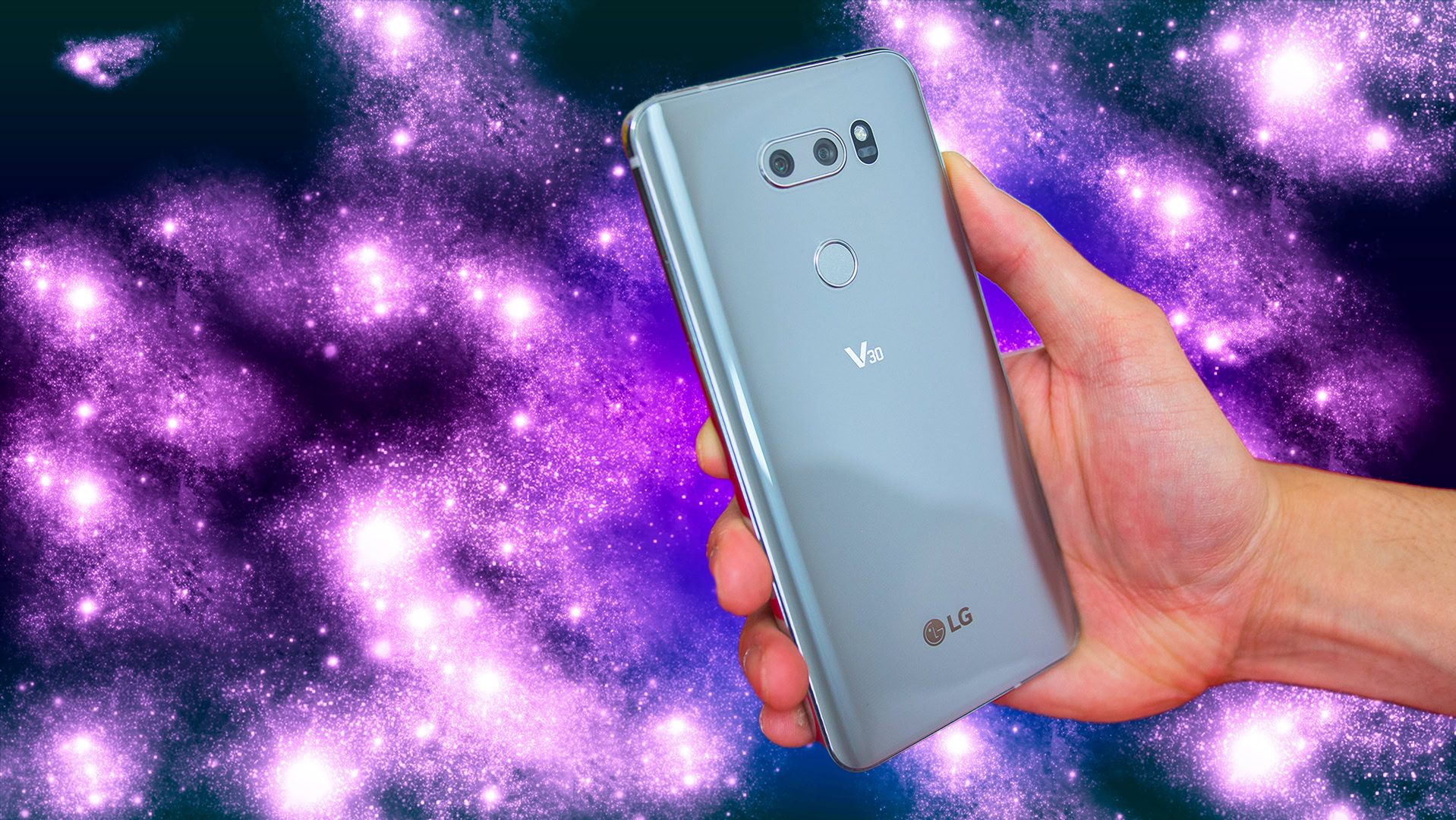
Of course, LG’s G6 also competes with many other devices. These include the HTCU11, which was initially available for $650, as well as the recently announced OnePlus 5T, starts at $500.
How much should the G7 cost? Assuming that next year’s flagships will be priced similarly to their predecessors, somewhere between $600 and $650 would be a good idea, although less is always better. LG can afford to charge more than OnePlus but has to undercut the Galaxy S9 by a wide margin. After all, prices are one of the biggest factors that influence consumers’ purchasing decisions.
The worst case scenario would be if LG decides to follow one the latest trends: increasing prices. Samsung did this with the S8 series as well as the Note 8. The same goes for OnePlus, which has been increasing prices with each new smartphone it has released.
Top-of-the-line specs
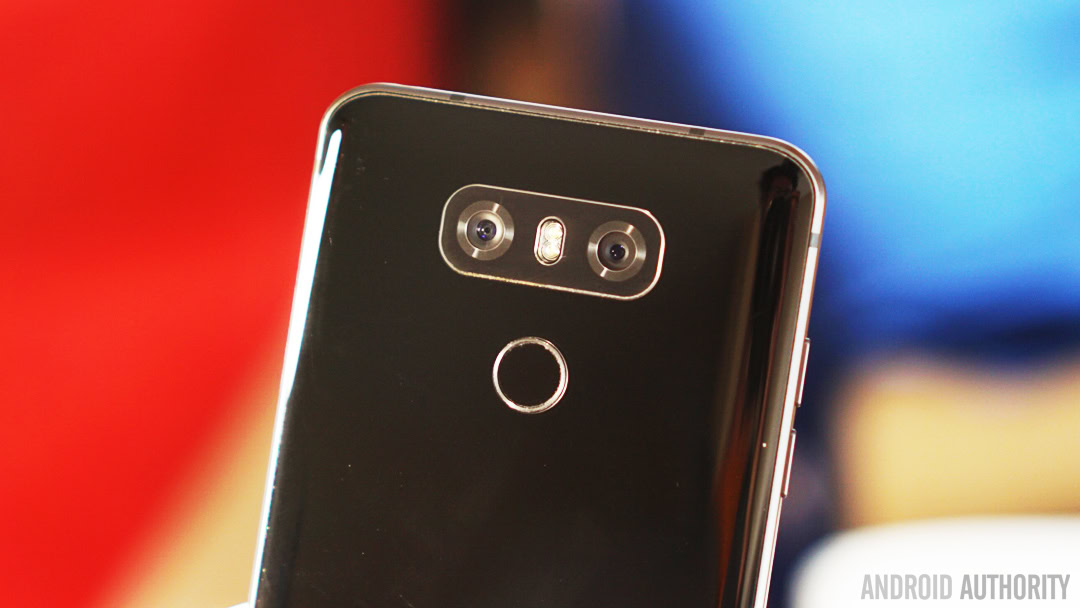
The G6 launched with the older Snapdragon 821 chipset, while the Galaxy S8 and the majority of 2017 flagships came with the Snapdragon 835. LG shouldn’t make the same mistake with the G7.
The handset should be powered by the same chipset as the Galaxy S9 and other 2018 flagships (likely the Snapdragon 845). Users could otherwise perceive it as less powerful, even though the 845 likely won’t be a groundbreaking upgrade over its predecessor.
The reality is the G7 will probably feature the Snapdragon 835 for two reasons. The first is that LG once said it would rather stick with a tried-and-true chipset than take a risk on a new and unproven one. The second reason is that Samsung will have first dibs on the latest Snapdragon chipset. Therefore, the G7 would have to launch after the Galaxy S9 to be powered by the 845, which probably won’t happen.
LG will likely make the switch from LCD to OLED. The V30 has an OLED display, so it makes sense that we’ll see it on the G7 as well. OLED has many advantages over LCD panels with one of them being greater power-efficiency. It’s also required for Daydream support, which is important for those who are into VR.
Users want both wireless charging and the Quad DAC, regardless of where they live.
LG should also change its strategy and offers the same features in every market. Wireless charging on the G6 is exclusive to the US market, while the Quad DAC is only available in South Korea and a few other Asian countries. We hope LG won’t make the same bad decision with its upcoming flagship. Consumers want both wireless charging and the Quad DAC, regardless of where they live.
In addition to everything mentioned, we also expect to see 6 GB of RAM, the same IP68 rating as on the G6, and an even better camera. A larger battery would also be nice.
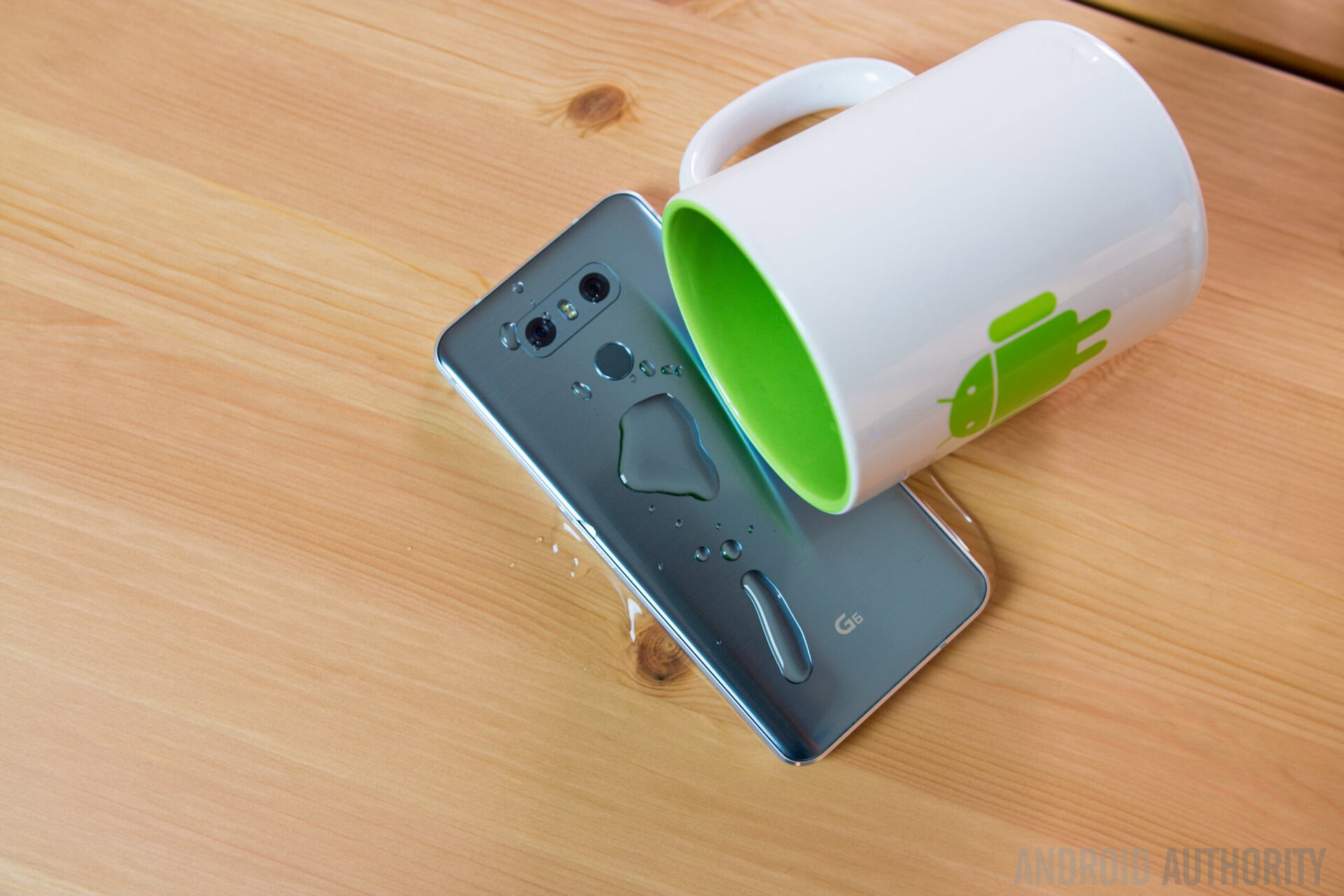
These are the main things we want to see on the LG G6, although a few other ideas come to mind. An under-display fingerprint scanner would be amazing, but unlikely. According to the latest reports, the technology is far from ready.
A pressure-sensitive frame, like the HTCU11 and LG-built Pixel 2 XL, would also be a welcome addition, but I’m not holding my breath. Big companies like LG try to avoid copying the competition. A promise of at least three years of OS updates, however, is a more realistic wish.
Which features would you like to see on the LG G7? Share your thoughts in the comments.